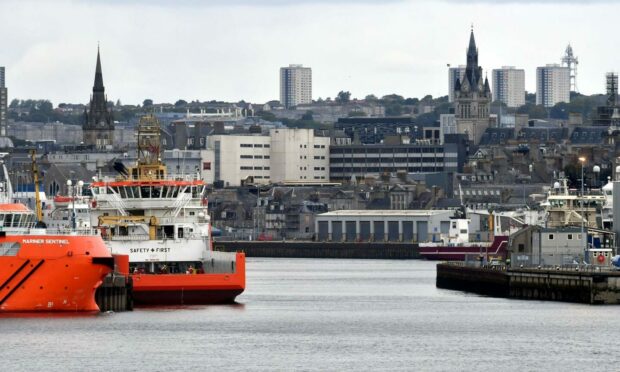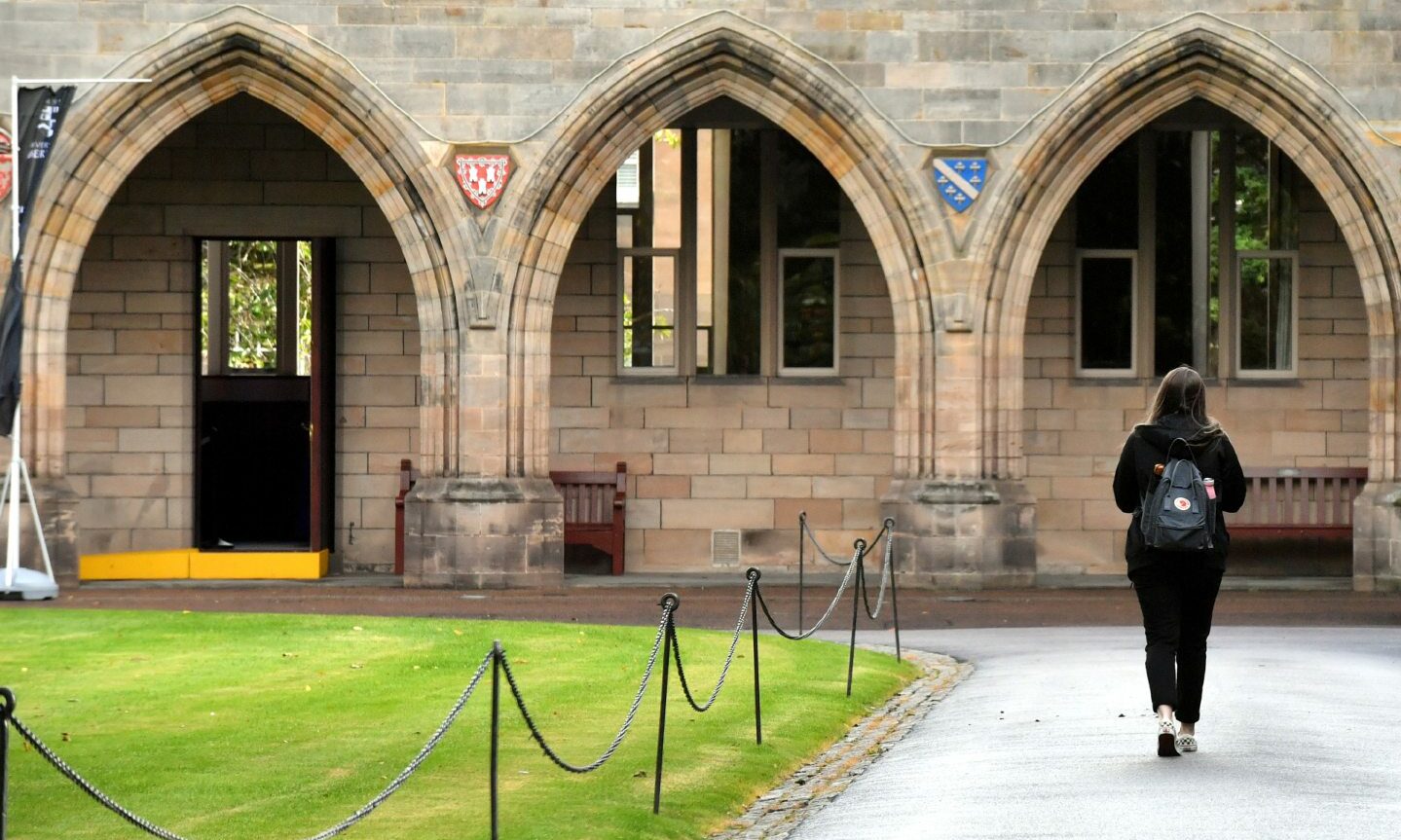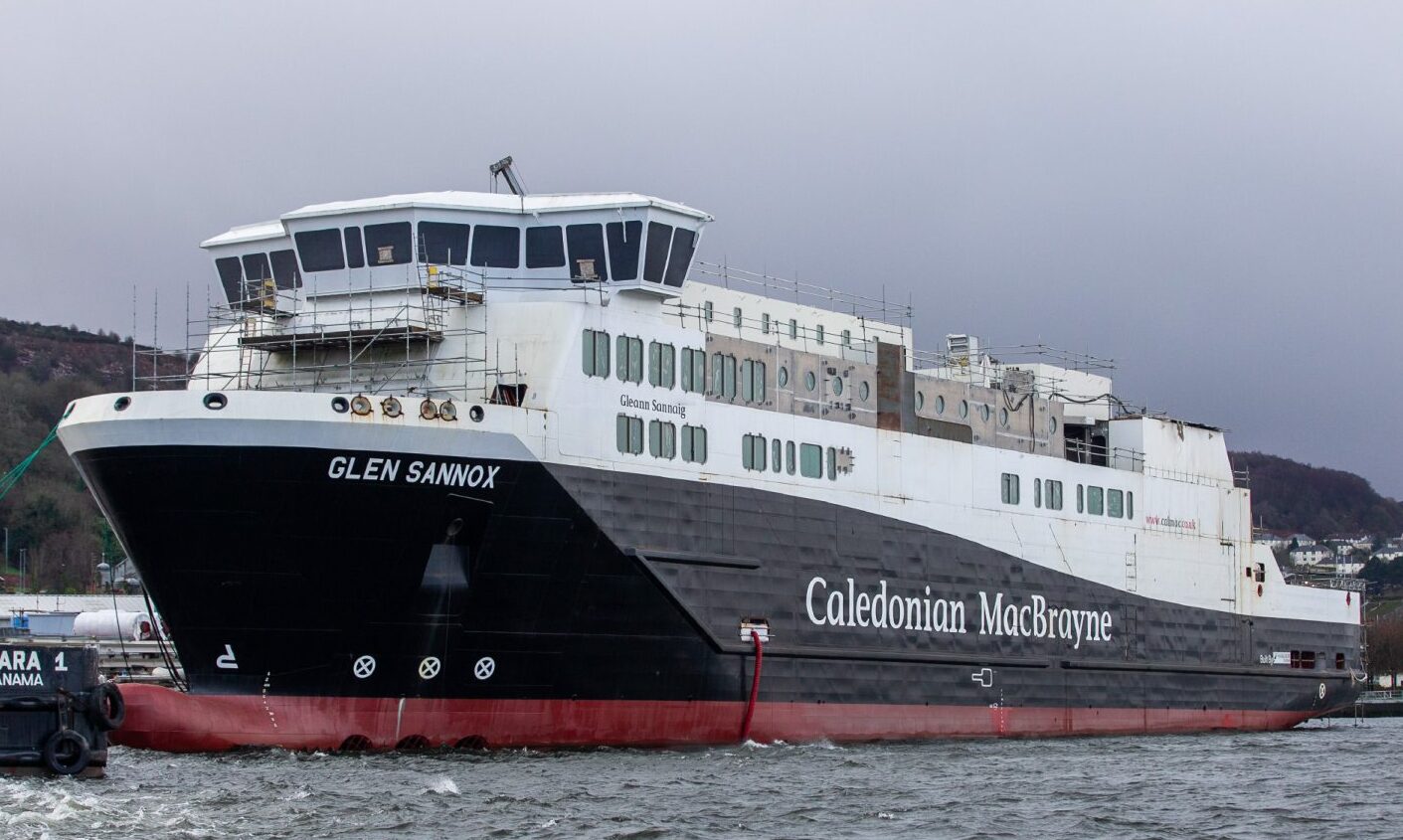Aberdeen saw the steepest population decline in Scotland during the Covid pandemic as residents appeared to swap the city for the countryside.
New data from the National Records of Scotland reveals 1,630 residents left the Granite City between 2020 and 2021, more than anywhere else.
At the same time, neighbouring Aberdeenshire – as well as Moray, Highlands and Argyll – reversed long-term declines.
What do the latest population trends mean, and why are people rejecting the hustle and bustle of the city?
1. The Covid effect
Students normally descend on cities around September for the start of the university term.
However, with Covid restrictions in place for much of 2020, it appears young adults were staying in their hometowns.
Data from Aberdeen shows the number of residents in the city aged between 18 and 22 decreased sharply from mid-2020 to last June.
Esther Roughsedge, from the National Records of Scotland, said: “As well as people moving long term out of cities and into the surrounding areas, there may have been students who have moved back to their parents’ addresses temporarily during the pandemic.”
Other cities including Glasgow, Dundee and Edinburgh saw declines.
Dr Michael Anderson, from Edinburgh University, said: “These figures are certainly affected by Covid. One of the things that strikes me from the figures is students leaving.”
2. The working from home boom
As Covid lockdowns ushered in a new era of working from home, many office workers no longer need to be in the city.
Aberdeen was among the places seeing its population drop over the 12-month period when the data was recorded.
The most common migration flows are from city council areas to neighbouring areas.
– Dr Sarah Christison, St Andrews University
The Highlands recorded a population increase of 1.1% with the number of people living there increasing by over 2,500.
A net total of more than 1,900 residents moved to Aberdeenshire.
Scotland’s island communities also increased in size after years of relative decline.
Dr Sarah Christison, from St Andrews University’s geography department, told us: “I think a large part of it could be people having greater freedoms to work from home a bit further from their workplace.
“The figures show that the most common migration flows are from city council areas to neighbouring areas, like between Aberdeen and Aberdeenshire.”
3. Cost of living crisis
If some remote workers were keen on staying in the city, then rental costs may have finally been what convinced them to leave.
In February, research found 66% of people in the city were being priced out of flats due to soaring costs.
Dr Christison said: “If people can get cheaper accommodation outside of cities, and they’re more able to move further away from their work, both of those things in conjunction could have an impact.”
4. Job uncertainty
For years Aberdeen benefited from being the UK’s oil and gas capital. But more recently the industry has been less stable.
The Scottish Government plans to phase out fossil fuels and shift focus to renewable energy. The UK Government slapped multinational firms in the North Sea with a windfall tax.
What about the impact on rural Scotland?
Local authority bosses in rural and island communities will no doubt welcome an upturn in the number of people wanting to live there.
However, an increasing population could provide some councils with additional challenges at a time when services are stretched.
Families in Moray – where the number of residents rose by 0.7% – have faced lengthy travels for maternity services.
Increasing populations in rural areas could put a strain on the NHS, which is already short-staffed in some towns and villages.
The north and north-east may be a good spot for many remote workers who want to get out of the city, but many areas still have poor broadband connectivity.
Meanwhile, Scotland’s islanders have regularly complained that current ferry services are not good enough.
Scottish Tory MSP Rachael Hamilton said it’s something the government must address.
“While it is welcome to see more people moving to our rural communities, the SNP must ensure that these increases are backed up by sufficient infrastructure,” she warns.
Are current trends likely to continue?
An Aberdeenshire Council spokesperson said people want to take advantage of “reasonably-priced housing” and more flexible work opportunities.
“It is perhaps not surprising that we are seeing this recent increase in the population,” the spokesperson added.
An Aberdeen city council spokesperson said there have been “challenging times” linked to the downturn in the oil and gas industry and the pandemic.
“We are nothing if not resilient however, and we are actively undertaking work to encourage city living with new high quality council housing developments, schools , community hubs and other projects designed to make the city an even more desirable place to live,” the council said.
Officials at the National Records of Scotland say they are unsure whether the flight from cities to the countryside is likely to continue in years to come, or if this is a one-off due to Covid.
Scotland’s overall population is estimated to have increased 0.25% to 5,479,900.
Ms Roughsedge, from the national records, said a Scotland-wide increase of 0.25% in population could change soon.
“We currently continue to see Scotland’s population rise, albeit more slowly than before the pandemic,” she said.
“However, our most recent projections looking ahead to 2045, published in January, show that if current trends in births, deaths and migration continue, Scotland’s population will start to fall by the end of this decade.”



